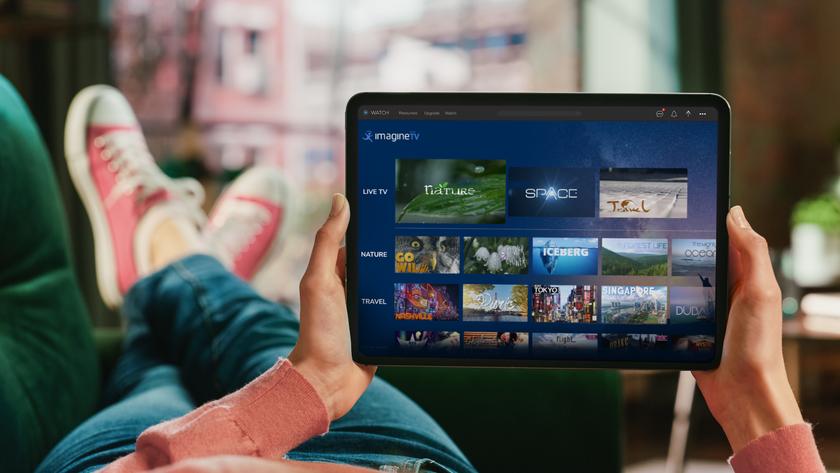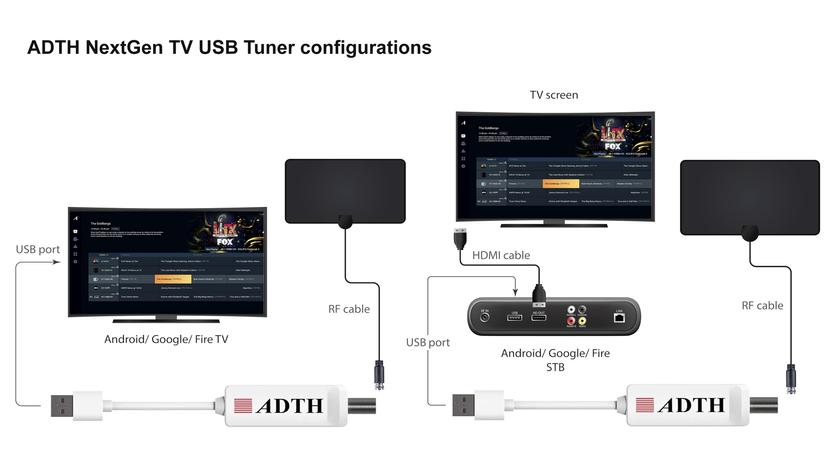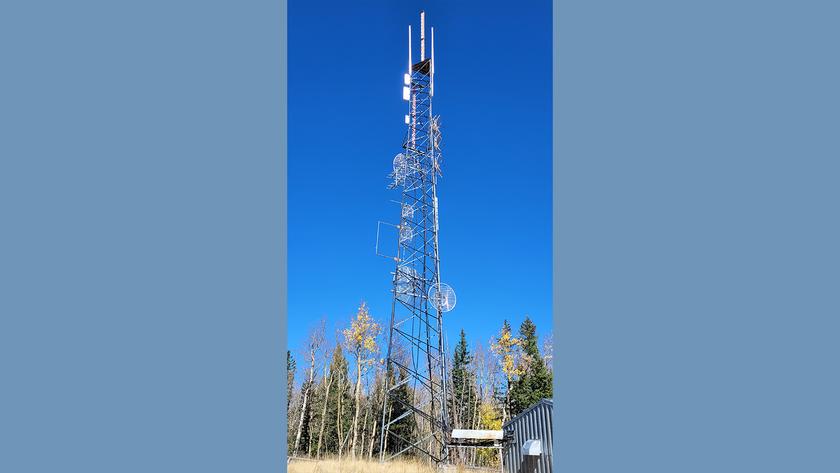Business Strategies & Considerations When Going Digital with Doppler
The relationship between the local broadcaster and its viewing audience is traditionally rooted in service and communication. While the news department has taken a more prominent role in this relationship since television's formative years, more often than not, the news anchor is the liaison between the broadcaster and its audience.
As proven by last fall's hurricane season in Florida, communication of severe weather is of the utmost importance to the local viewer. And the diversity of weather patterns in different parts of the country means that regions such as the Midwest grapple with more spontaneous and severe weather than others. Still, every state, city, and town must deal with severe weather on occasion. And the local population depends on its regional radio and television stations for accurate and up-to-the-minute weather information.
Doppler radar technology is one of many tools meteorologists use to predict and report weather. Used correctly, it is their most important tool and vital in communicating dangerous weather to viewers. Analog Doppler technology has been available to broadcasters for nearly 20 years. Digital Doppler processing, featuring vast improvements in weather radar range and resolution, has been available for several years, and local stations are beginning to take notice.
Digital Doppler technology improves a meteorologist's ability to track storms in real time as they approach local areas. These capabilities go far beyond those of the local National Weather Service (NWS) branch and its radar systems. While the NWS NEXRAD radar system is designed for very high performance, it is a compromised system because it serves two masters: storm reporting and research. A typical digital system as installed by a television station can expand the analog coverage area by up to 100 miles. Furthermore, digital processing disregards mountains, ground clutter, and other stationary obstacles that cause troublesome false reflections and readings on analog systems.
Although broadcasters understand the importance of adopting digital Doppler processing, the age-old predicament of affordability has been an obstacle. The recent upswing in digital Doppler interest and adoption is partially due to price reductions as the technology matures. Some stations looking to reduce implementation costs are hiring consultants to lead comprehensive studies of repeatable weather patterns, radar sites, and technology upgrades before making a commitment. Doppler weather radar systems can easily cost as much as a digital transmitter. A cost-benefit/risk analysis in hand makes these huge investment decisions much easier.
A thorough analysis of local weather is the initial step and can be accomplished within the office or at engineering workstations. Digital System Technology conducted recent studies for stations in the Southwest, Pacific Northwest, and Southeast United States. Gathering historical data available from NOAA is an initial step in the study of local weather patterns: through these records we develop an understanding of severe regional weather and its usual path. Tornadoes, hail, and heavy winds are given special attention. Discussions are then held with station executives to determine what they want most from their radar system. This ranges from a specific neighborhood weather focus to reading incoming storms and providing information to local commuters.
The storm information is then compared with the geographical reach of the radar equipment, and a template is developed outlining counties where radar coverage is most is crucial. The location of that radar system is based on the market size and the regional terrain. This also determines the size and power of the radar system.
A digital Doppler radar system costs anywhere from $250,000 to $600,000, a significant investment regardless of the station's DMA. There has been a particularly large interest from Midwest stations that typically fall between markets 50 and 80. Not only is there the ongoing threat of severe weather, but there are numerous small communities scattered throughout these markets that do not have adequate NWS representation.
Affordability is fundamental to increasing digital Doppler adoption. The initial geographic study and weather analysis are critical in selecting a radar site that minimizes operating costs and maximizes performance. Multiple sites within a specific area are evaluated to determine the most effective radar location--a location that matches the engineered template. Settling on an undesirable location can substantially increase eventual costs and produce sub-standard results. Whether part of a coverage area is eliminated, a neighborhood opposition to the location arises, or local land-use codes interfere with the project, anywhere from minor adjustments to a complete relocation will add to an already hefty bill. Therefore, it's crucial that the original information collected from the study is carefully used as a basis for the location.
As an example, we recently installed two radar systems for two west coast stations. Interestingly, our challenge for both stations was to not exceed a certain antenna height. The "marine layer" is an important weather feature for the entire U.S. west coast: this thin layer of clouds produces mist that creates slippery roads and sensitive traffic conditions. It is also associated with dense fog and "black ice." Our studies showed that locating the radars below 2,000 feet would keep each radar underneath the marine layer so that the station's weather staff could observe what the marine layer was doing. Radar cannot point downward into the clouds. False reflections and readings as a result of this practice would have rendered the systems useless.
Upgrading a weather radar system from an analog to digital Doppler processor is not a standard systems integration project, but it is a means to get more bang out of your existing weather radar. While an upgrade to digital processing costs far less than investing in a new radar, it's advisable that stations considering an upgrade look to organizations that can help save money while establishing a digital radar system that better serves viewers and the community at large.
Get the TV Tech Newsletter
The professional video industry's #1 source for news, trends and product and tech information. Sign up below.
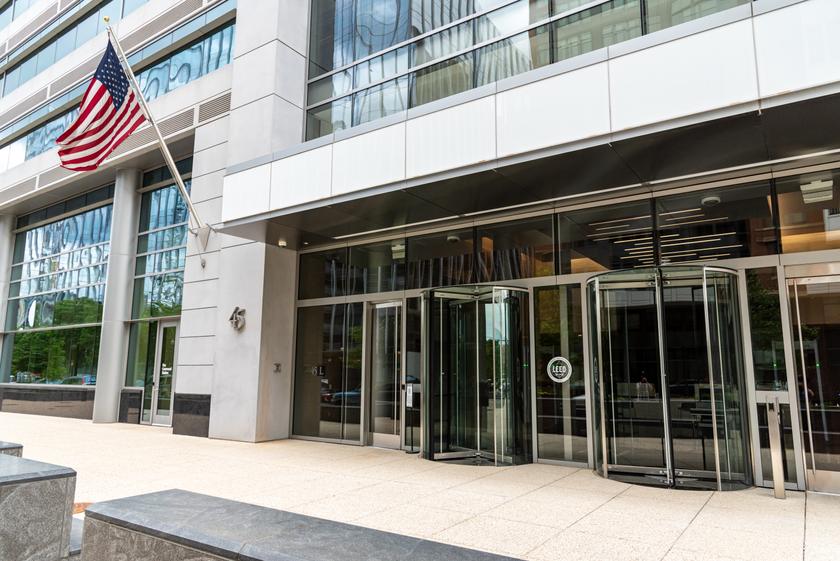
NAB Urges FCC to “Completely Repeal” Broadcast TV Ownership Restrictions
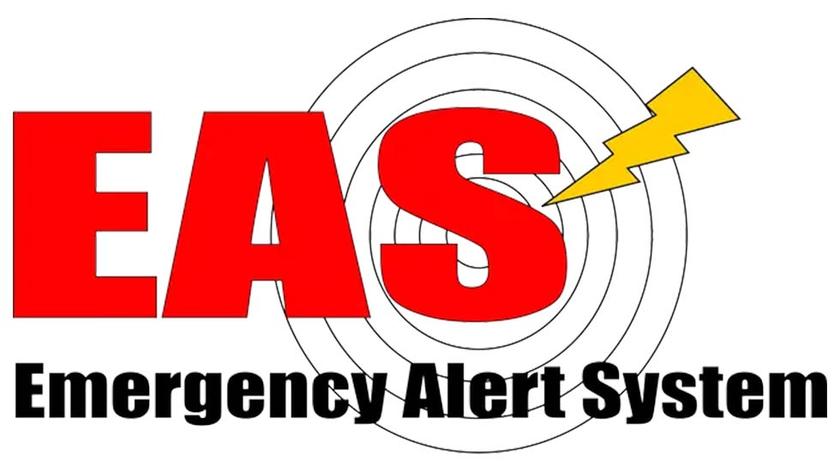
NAB Urges FCC to Allow Software-Based EAS
